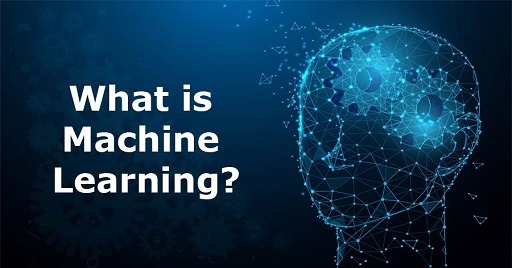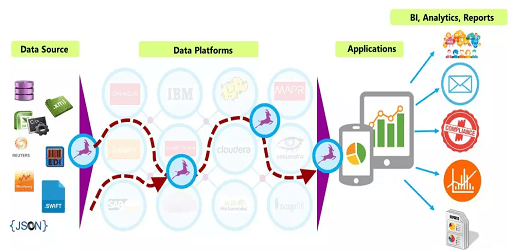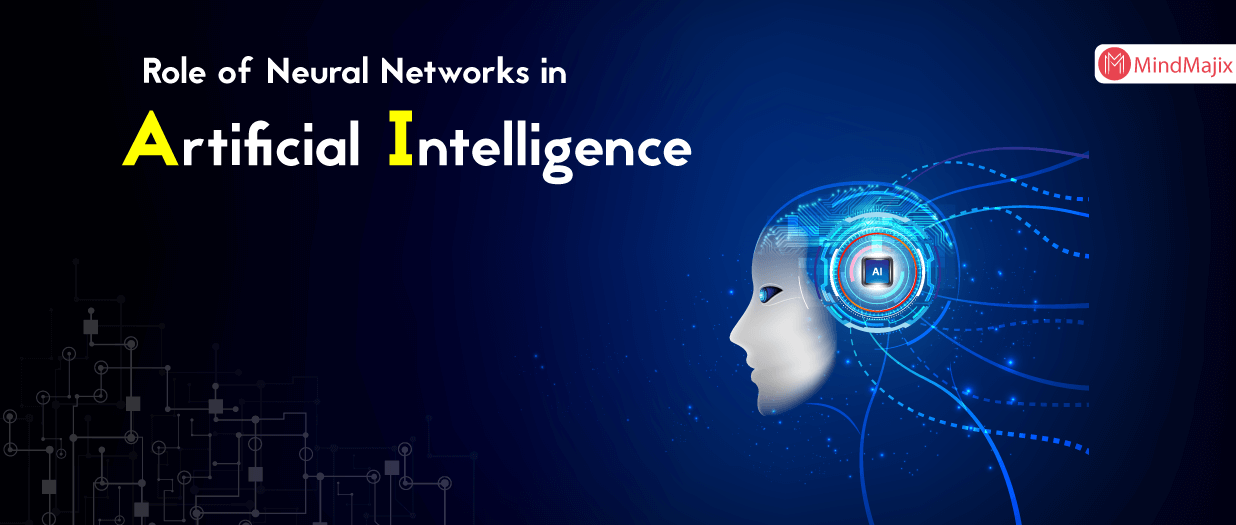The technology industry is currently seeing numerous advancements thanks to the contributions of artificial intelligence (AI) and machine learning. However, one may wonder how machines are endowed with the capability to learn. In this article, we will explore the definition of machine learning, provide some examples of its applications, and delve into some instances where it can lead to undesirable outcomes.

What is Machine Learning?
Machine learning is a specialized field within computer science that concentrates on enabling AI to acquire new skills in a similar manner to how humans learn. This involves endowing AI with capabilities such as image recognition, without requiring programmers to write code specifically for these tasks. Rather, by leveraging training data, the AI can recognize patterns and make predictions.
Programmers provide algorithms that work alongside training datasets to facilitate AI learning. These algorithms may offer a series of steps for AI to follow, such as recognizing the differences between pictures of cats and dogs. The AI then applies this model to a dataset consisting of cat and dog images. As time progresses, the AI becomes increasingly proficient at identifying cats and dogs by recognizing distinct patterns in the data.
How does Machine Learning Work?
There exist varying approaches to machine learning, each differing in the degree of supervision provided to the AI. Supervised learning involves utilizing labelled training data, which is also known as classical machine learning. This approach relies on human assistance to aid the AI in comprehending the features of the dataset.
Artificial Intelligence and Machine Learning: Human vs Machine?
On the other hand, unsupervised machine learning utilizes unlabeled data and is commonly employed in deep machine learning, a subset of machine learning. This form of AI training allows the AI to detect patterns and clusters in the data by identifying features present in the data. Neural networks are often utilized in this type of machine learning to enable deep learning.
Programmers have the flexibility to adjust the algorithm based on the AI’s training outcomes, in order to optimize the AI’s performance in achieving the desired output.
Machine learning has a profound impact on various technologies, including search engines, smart home devices, online services, and autonomous machines. It’s the driving force behind Netflix’s ability to predict which movies you’re more likely to enjoy and how music streaming services generate personalized playlists.
Examples of Machine Learning AI
Machine learning underpins a significant portion of the AI that we encounter in our everyday lives. Streaming services and social media sites employ recommendation algorithms, which rely on machine learning, to anticipate what users may want to view based on their profile data.
Moreover, generative AI and large language models are also created using machine learning. Tools such as Bing Chat’s AI leverage vast amounts of training data to function effectively.
Why Machine Learning Goes Wrong
Unintended consequences may arise from machine learning for a variety of reasons, including issues with data collection, the quality of the data supplied, and the manner in which people employ AI tools.
The saying “junk in, junk out” applies when it comes to data in machine learning. Limited, biased, or low-quality data can constrain an AI’s capabilities or introduce bias into its decision-making.
However, even when programmers utilize good data, people can undermine the efficacy of AI tools. Creators of software often fail to consider how people might exploit the technology for malicious or self-serving purposes. For example, while deepfakes were developed to enhance special effects in movies, they can also be utilized to deceive people.
Furthermore, individuals have recently been jailbreaking chatbots to make them contravene a platform’s terms of service.
Efforts are being made to improve the safeguards surrounding machine learning technology to prevent malicious usage. However, there are concerns that technological advancements may outpace society’s ability to adjust to them.
The algorithms of Machine Learning are really helping
Machine learning is harnessed in influential AI tools that fuel our online recommendations and search results, in addition to serving as the foundation of generative AI and large language models. Nonetheless, the output produced by machine learning algorithms hinges on the quality of their datasets.
Would you like to read more about “What is Machine Learning-related articles?” If so, we invite you to take a look at our other tech topics before you leave!










